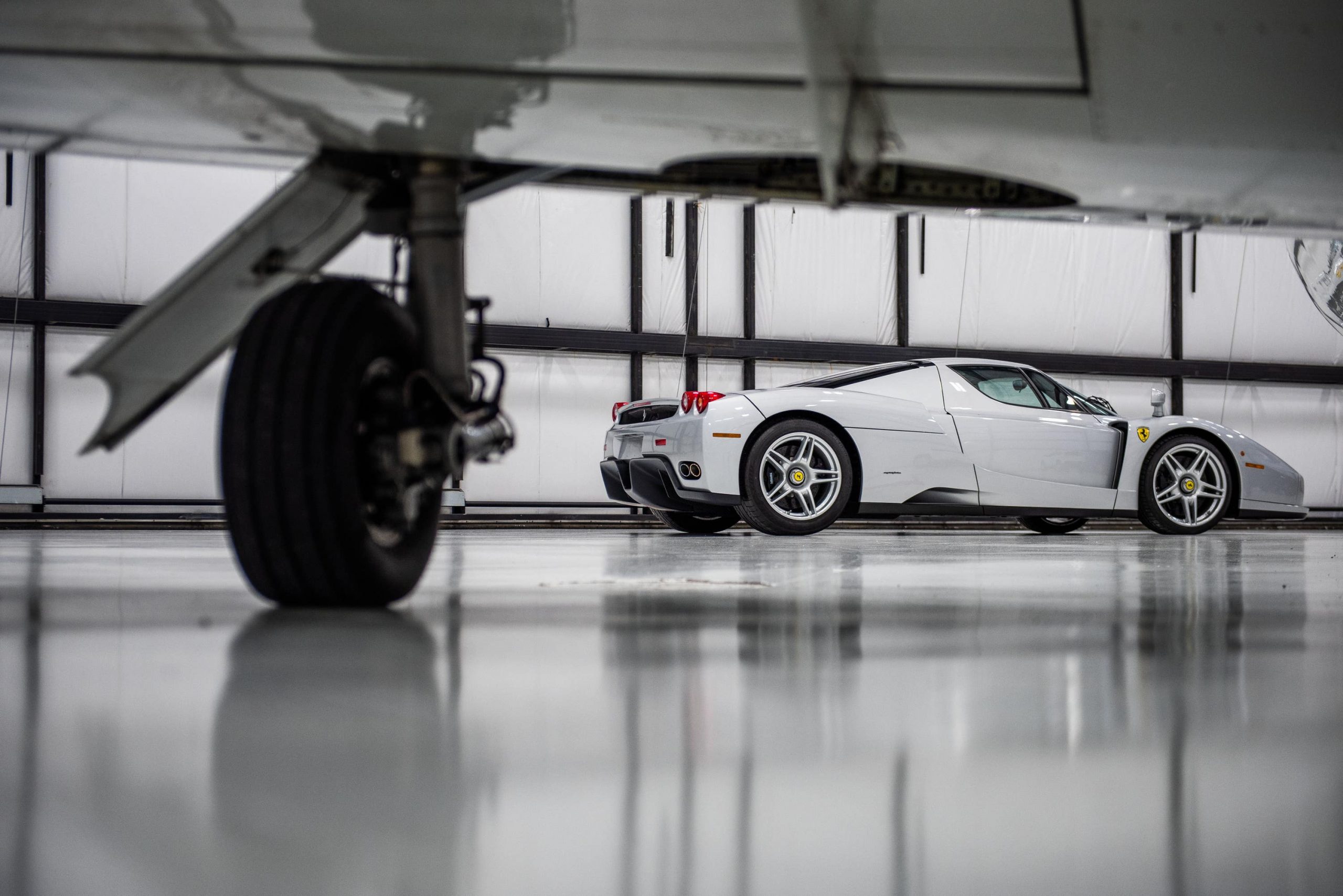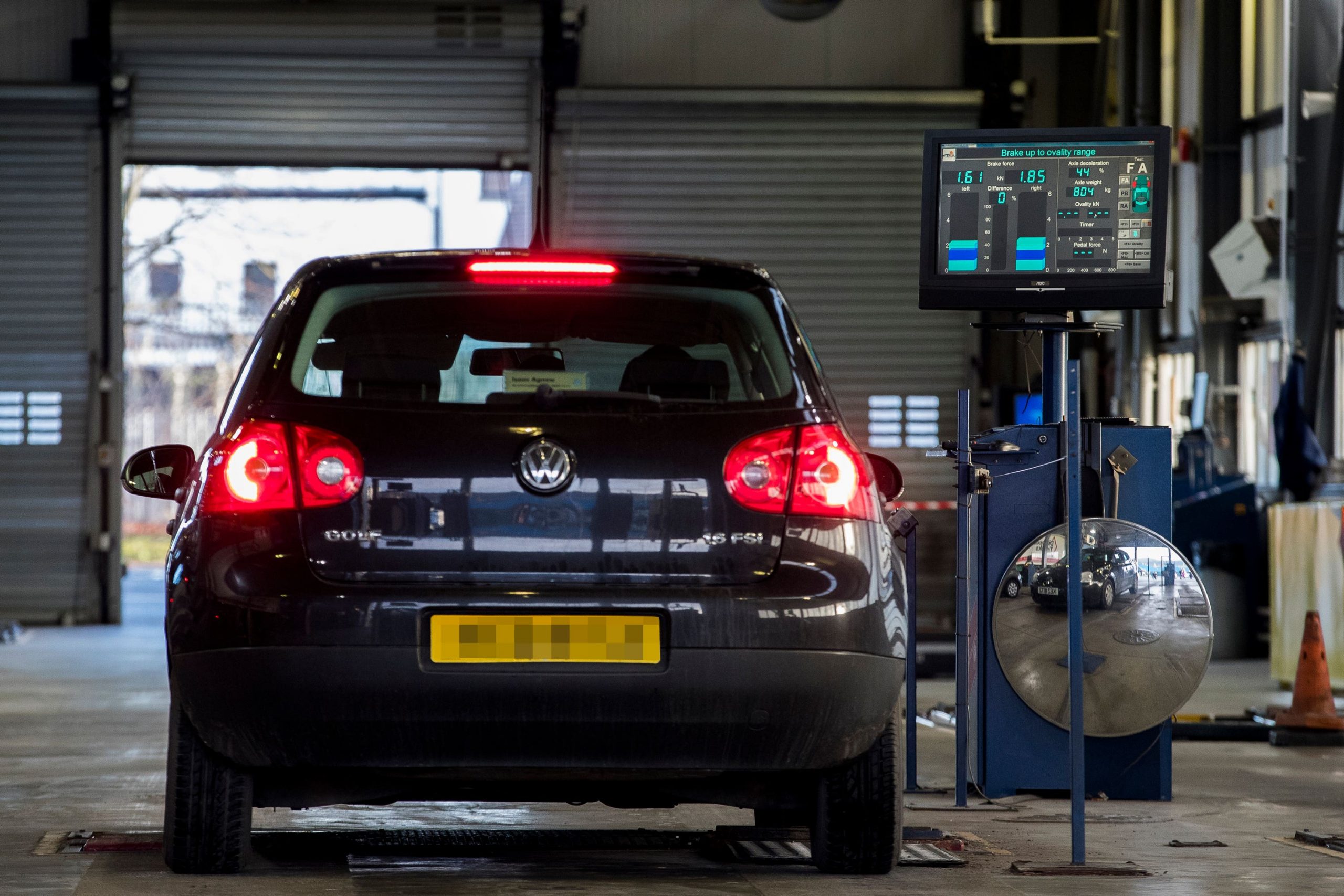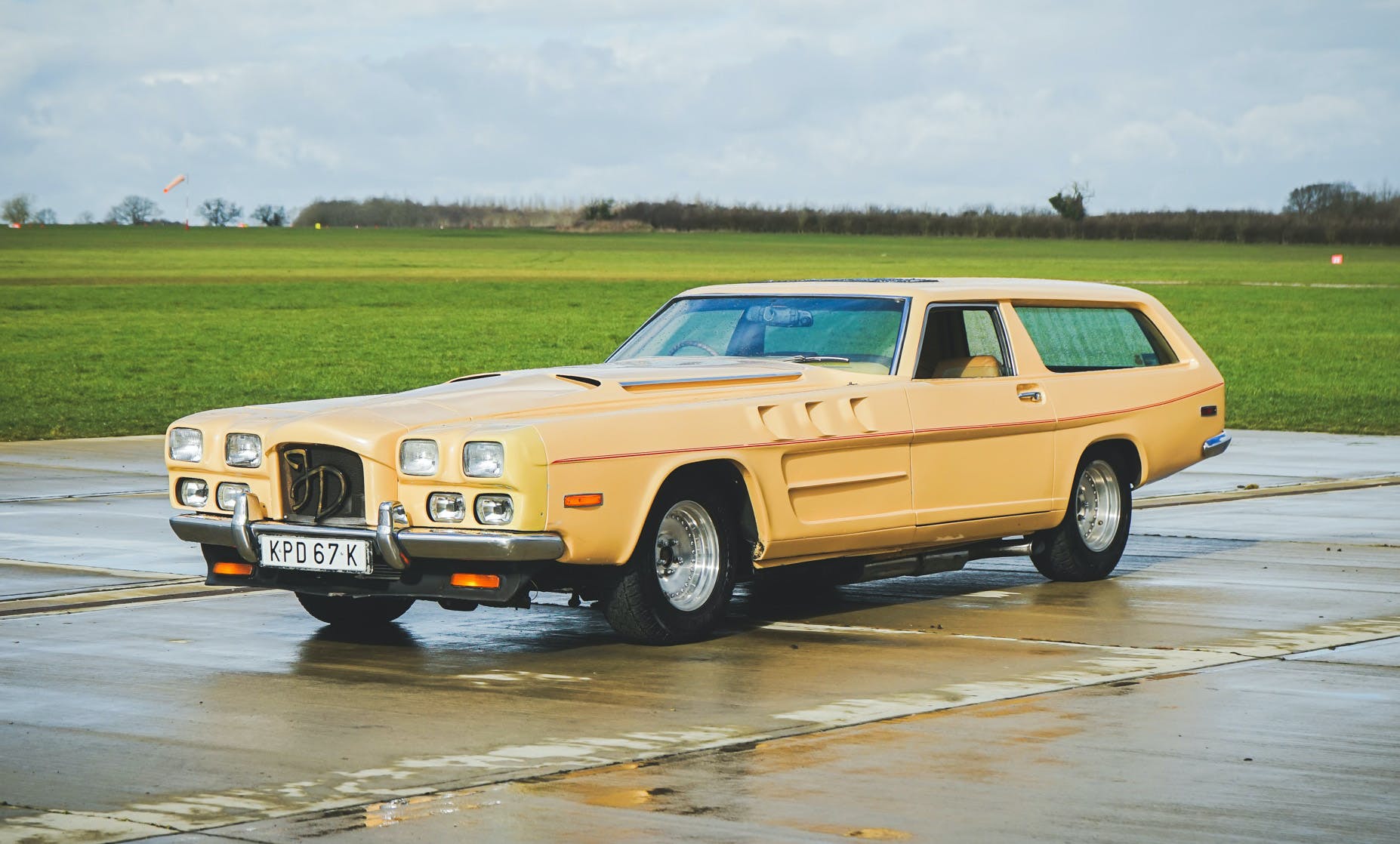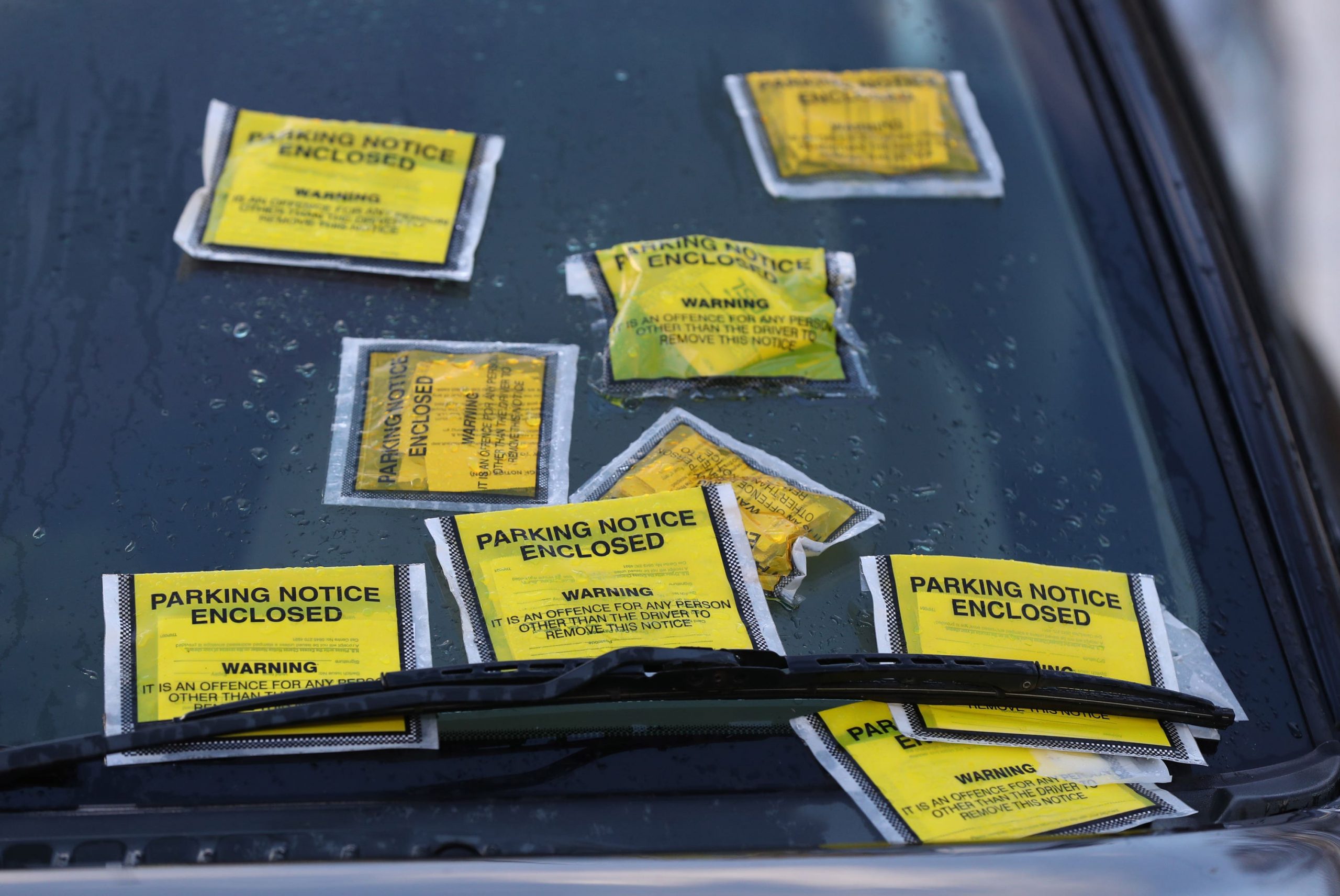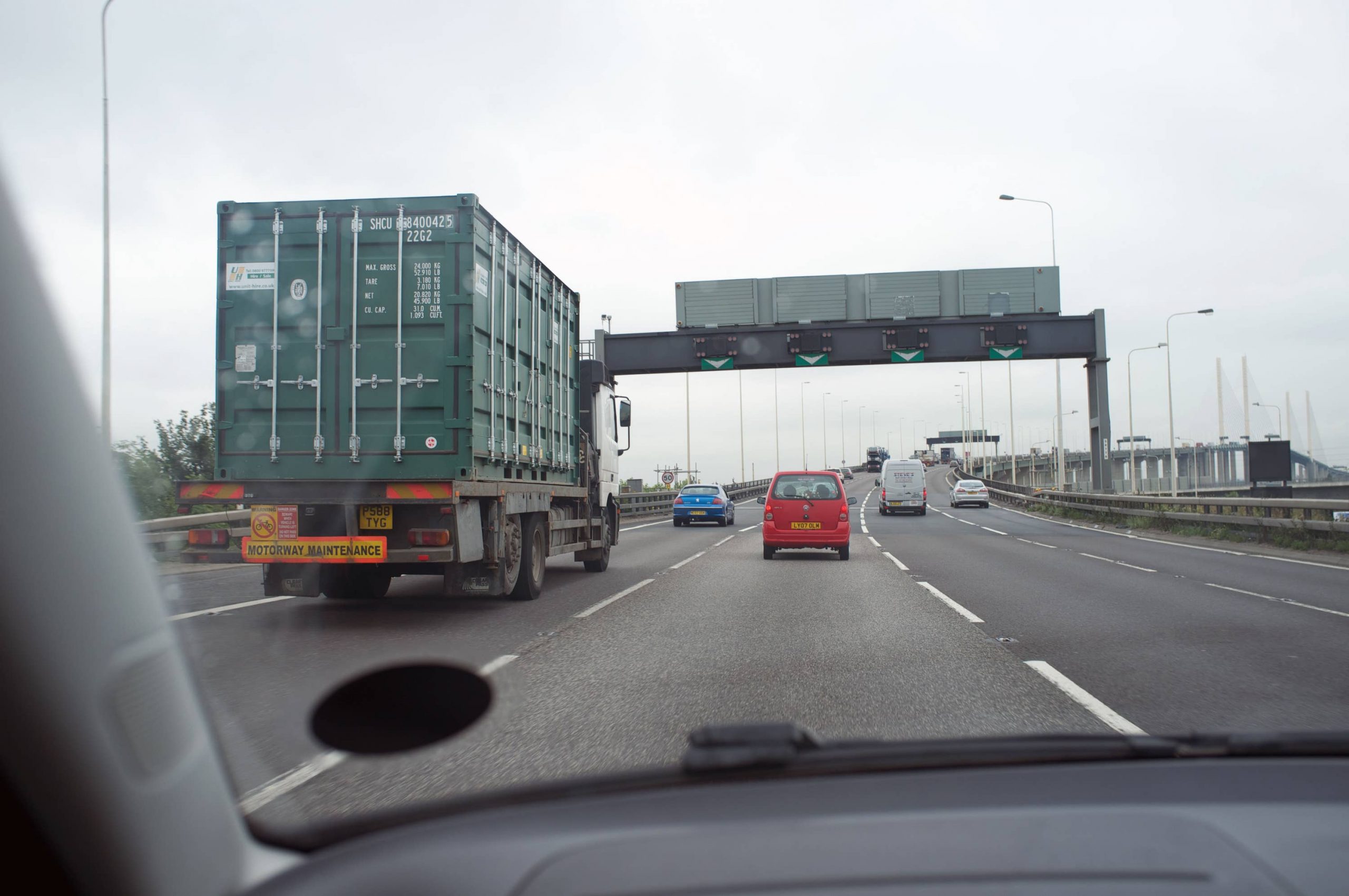A 2003 Ferrari Enzo which is still wearing much of its original factory protective wrapping is heading to auction later this month.
The Enzo came about in 2002 to celebrate Ferrari’s dominance in Formula 1 in the early 2000s, and used a new 6.0-litre V12 engine alongside much of the same technology used in F1 at the time.
The ‘halo’ model for Ferrari in the first decade of the millennium, it’s also the only model in the Italian supercar brand’s history to ever use the name of its founder, Enzo Ferrari, who died in 1988.
Just 400 examples were produced, with the majority painted in Ferrari’s famous Rosso Corsa red colour. This example, however, is one of nine painted in Argento Nurburgring (silver) and is believed to have a unique ‘Cuoio’ brown leather interior.

Of more importance, however, is the fact this Enzo is believed to be one of the lowest mileage examples in existence, having covered just 141 miles in 20 years, with nearly all of these miles coming from factory testing before the car was handed over.
Described by RM Sotheby’s, who is selling the car, as a ‘time capsule’, and still features much of its original protective wrapping, and is said to have ‘remained largely out of sight for much of its life’.
Delivered new to a ‘significant’ Japanese collector, who has owned it ever since, this Enzo has never been registered and now resides in Ontario, Canada.
It is being sold with RM Sotheby’s ‘Sealed’ online bidding platform, with the auction opening on March 15 and closing two days later.
No estimate has been given, but given far higher mileage examples have sold for £2.5m in recent months, it’s expected to make well in excess of £3m when the auction closes.

